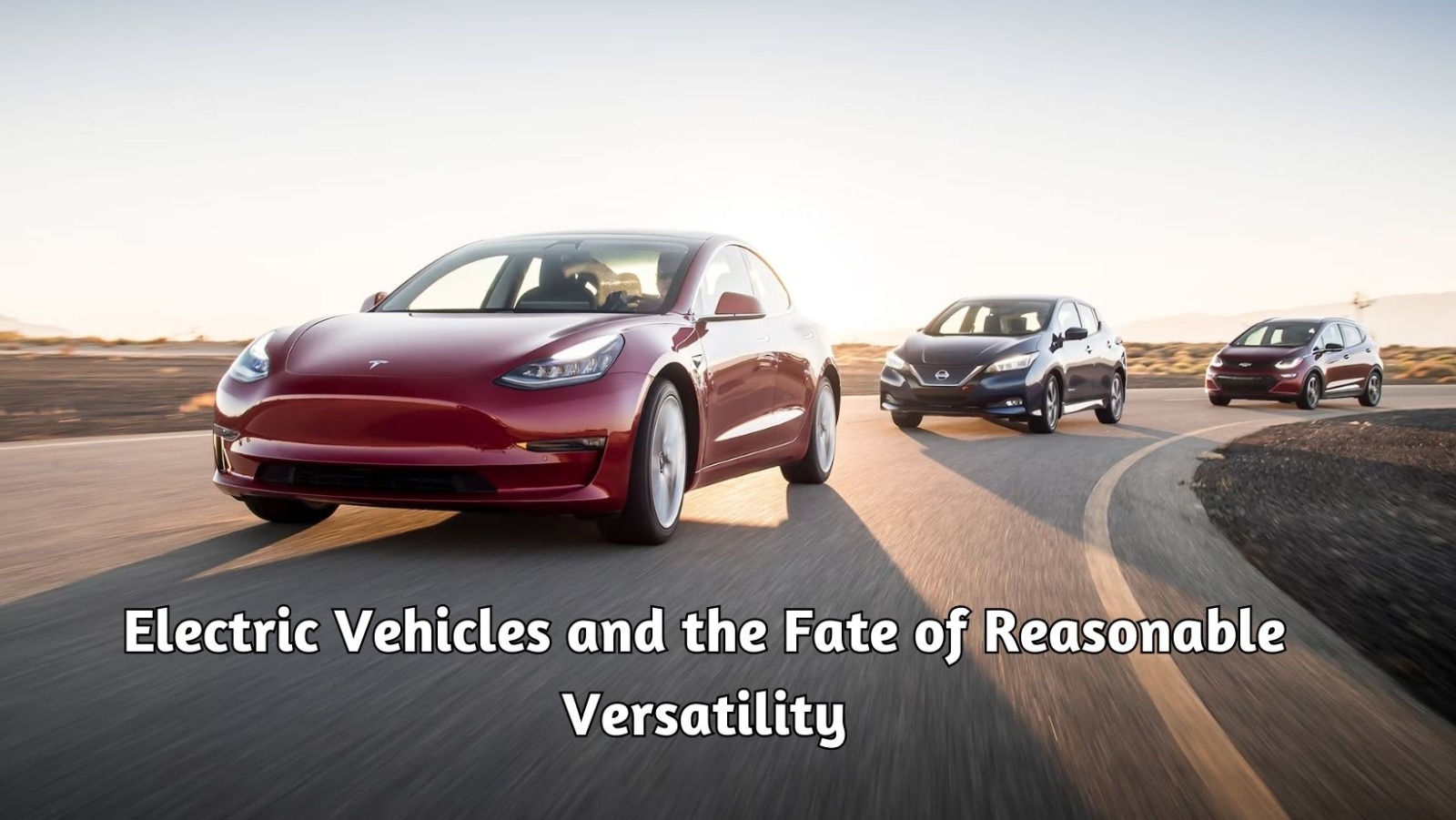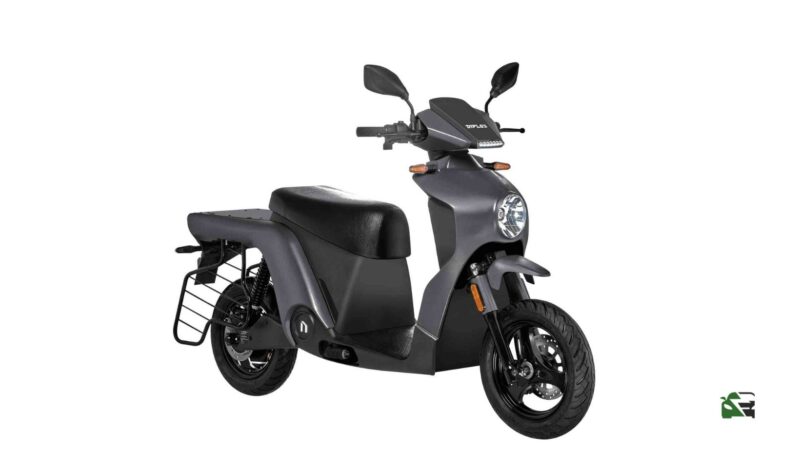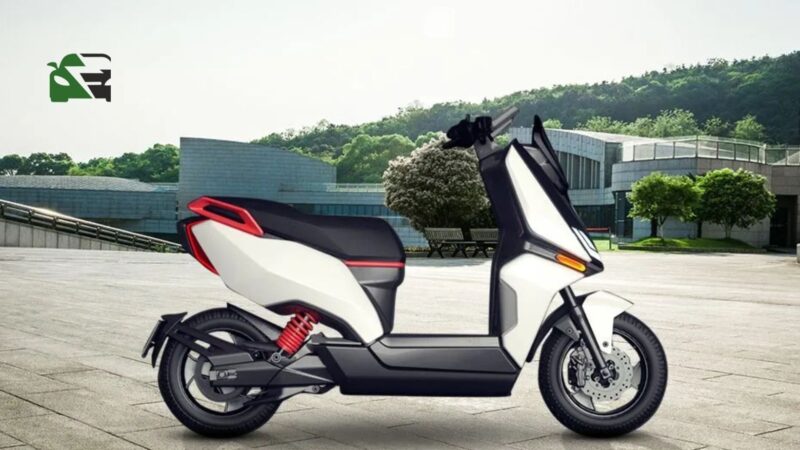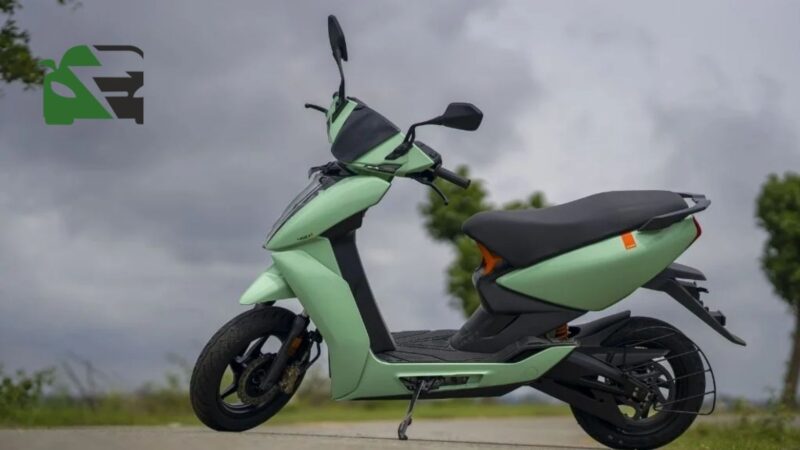Electric Vehicles and the Fate of Reasonable Versatility

The eventual fate of manageable portability is here, and it is being pushed by electric vehicles (EVs). As the world wrestles with the difficulties presented by environmental change and the need to decrease ozone-harming substance outflows, EVs have arisen as a promising arrangement. With progressions in innovation, developing natural awareness, and expanding government support, electric vehicles are ready to change how we move. In this article, we will investigate the advantages of EVs, their effect on economical versatility, and the street ahead.
- Environmental Effect:
One of the main benefits of EVs is their negligible natural effect. Dissimilar to customary gas-powered motor vehicles, which depend on petroleum derivatives, EVs run on power. This implies they produce zero tailpipe discharges, decreasing air contamination and adding to further developed air quality in urban areas and metropolitan regions. Also, the ecological advantages are additionally enhanced if the power used to charge EVs comes from sustainable sources, for example, sun-based or wind power.
- Reduced Carbon Impression:
The transportation area is a significant supporter of worldwide ozone-depleting substance discharges. By changing to electric vehicles, we can essentially decrease our carbon impression. Studies have shown that EVs discharge less CO2 over their lifecycle contrasted with customary vehicles, in any event, while representing the emanations delivered during battery creation and power age.
- Energy Proficiency:
Electric vehicles are more energy-proficient than their fuel partners. Gas-powered motors are famous for squandering a lot of energy through heat dissemination, though EVs convert a higher level of the energy put away in the battery to control the wheels. This expanded effectiveness prompts longer driving reaches and decreased energy utilization.
- Lower Working Expenses:
EVs have lower working expenses contrasted with conventional vehicles. Power is by and large less expensive than gas, bringing about lower fuel costs. In addition, electric vehicles have fewer moving parts and require less upkeep, decreasing the requirement for oil changes, motor checkups, and other expensive support administrations.
- Reduced Reliance on Petroleum derivatives:
Electric vehicles assist with lessening our dependence on petroleum products, which are limited assets and a critical wellspring of fossil fuel byproducts. By embracing EVs, we can differentiate our energy sources, including a more noteworthy reception of sustainable power for the power age. This progress advances energy freedom and flexibility even with fluctuating oil costs and international strains.
- Improved Metropolitan Air Quality:
Metropolitan regions frequently face serious air contamination because of vehicular outflows, which antagonistically influence general well-being. Electric vehicles, with zero tailpipe emanations, assume an essential part in further developing air quality in urban communities, making them better and more bearable conditions for occupants. Cleaner air means decreased respiratory afflictions, expanded efficiency, and by and large improved personal satisfaction.
- Enhanced Lattice Incorporation and Savvy Charging:
EVs can be a significant resource for the power matrix. Through brilliant charging framework and vehicle-to-matrix (V2G) innovation, electric vehicles can assist with adjusting the network by putting away an abundance of sustainable power during seasons of high age and delivering it during top interest periods. This reconciliation cultivates a more steady and tough framework, advancing the effective utilization of sustainable power sources.
- Infrastructure Turn of events:
The inescapable reception of electric vehicles requires the development of a charging foundation. States, in a joint effort with private substances, need to put resources into the foundation of quick charging organizations, both in metropolitan regions and along significant thruways, to ease range uneasiness and advance electric vehicle possession.
- Battery Innovation Headways:
Proceeded with innovative work in battery innovation is essential to further develop the energy thickness, charging pace, and life expectancy of batteries. Advancements in strong state batteries and elective energy stockpiling arrangements hold huge commitments in tending to these difficulties and making EVs more serious with conventional vehicles.
- Policy and Impetuses:
States overall ought to keep on executing steady strategies and impetuses to speed up the reception of electric vehicles. Measures like appropriations, charge motivating forces, and stricter discharge norms can drive progress toward practical versatility.
- Technological Headways:
Electric vehicle innovation is quickly developing, prompting progressions in battery limit, charging framework, and vehicle execution. The advancement of high-limit batteries considers longer driving reaches, diminishing reach tension, and making EVs more pragmatic for regular use. Moreover, upgrades in the charging foundation, including quick charging stations and remote charging, improve the comfort and availability of electric vehicles. Besides, electric vehicles are turning out to be progressively modern regarding execution, with many models offering great speed increases and taking care of abilities, testing the insight that EVs are less invigorating to drive than customary vehicles.
- Impact on Environmentally friendly power Coordination:
Electric vehicles can assume a critical part in the reconciliation of environmentally friendly power sources into the power network. They can act as versatile energy stockpiling units, retaining abundant power produced from inexhaustible sources during times of low interest and taking care of it back to the framework when the request is high. This idea, known as vehicle-to-matrix (V2G) innovation, helps balance the lattice as well as boosts the usage of environmentally friendly power, making the power framework more proficient and reasonable.
- Electric Public Transportation:
The zap of public transportation, like transports and trains, holds huge potential for manageable portability. Electric transports, for example, offer calmer and cleaner transportation choices, helping two travelers and metropolitan inhabitants. Numerous urban communities overall are as of now embracing electric transports into their armadas, lessening commotion contamination and further developing air quality. Besides, the zap of trains and cable cars can altogether diminish fossil fuel byproducts and upgrade the effectiveness of mass travel frameworks, making them more alluring options in contrast to individual vehicle utilization.
Conclusion:
Electric vehicles address extraordinary power in molding the fate of reasonable versatility. With their natural advantages, monetary open doors, and potential for development, EVs can upset how we move and add to a greener, cleaner, and more comprehensive transportation framework. Nonetheless, understanding the maximum capacity of electric vehicles requires progressing coordinated effort, speculation, and backing from state-run administrations, enterprises, and people. By embracing electric portability, we can make a future where transportation is practical, effective, and harmless to the ecosystem.
Read more.. Economical Auto Advances: Developments in Green Versatility
Read more.. The Ascent of Electric Vehicles: An Upset in Transportation







